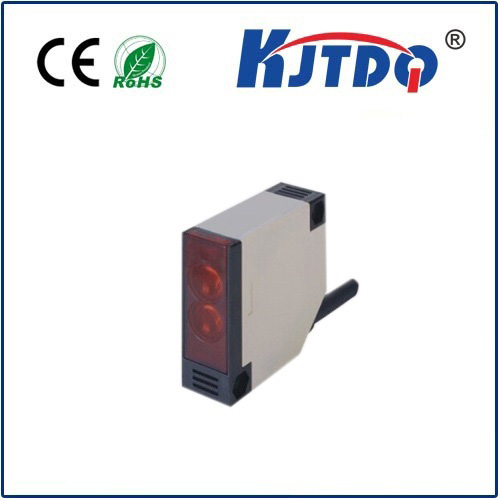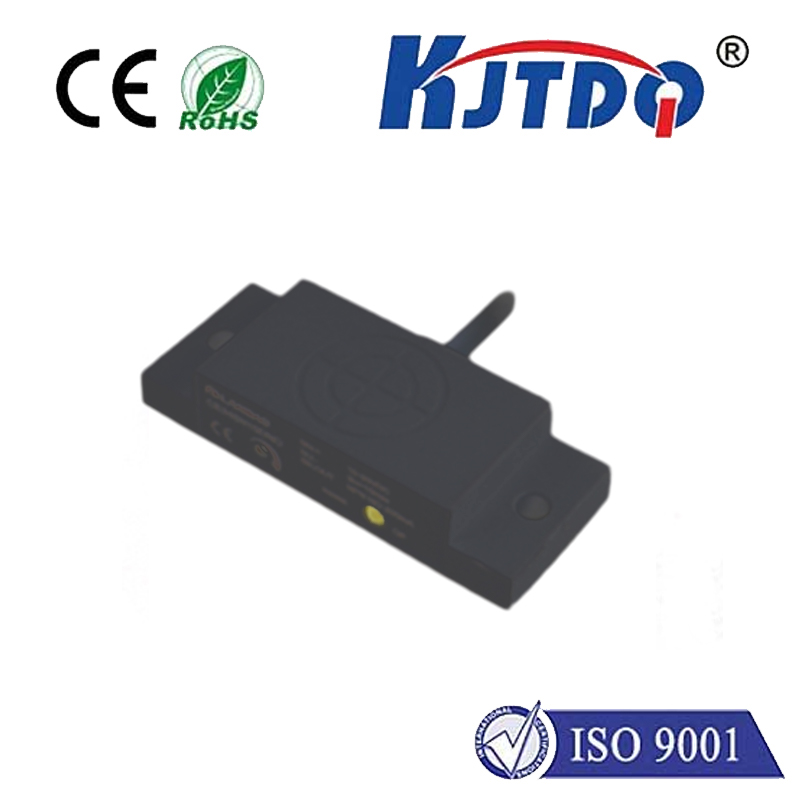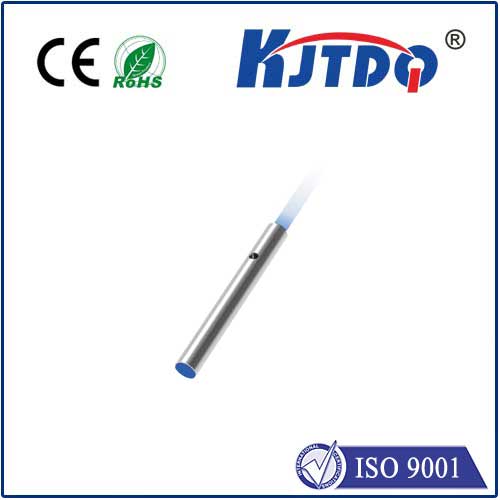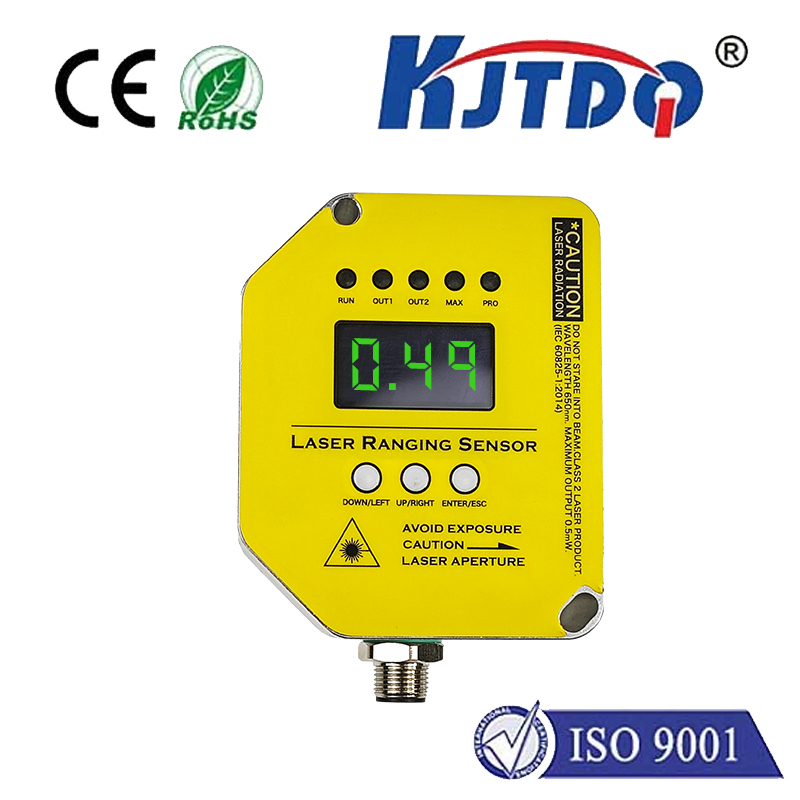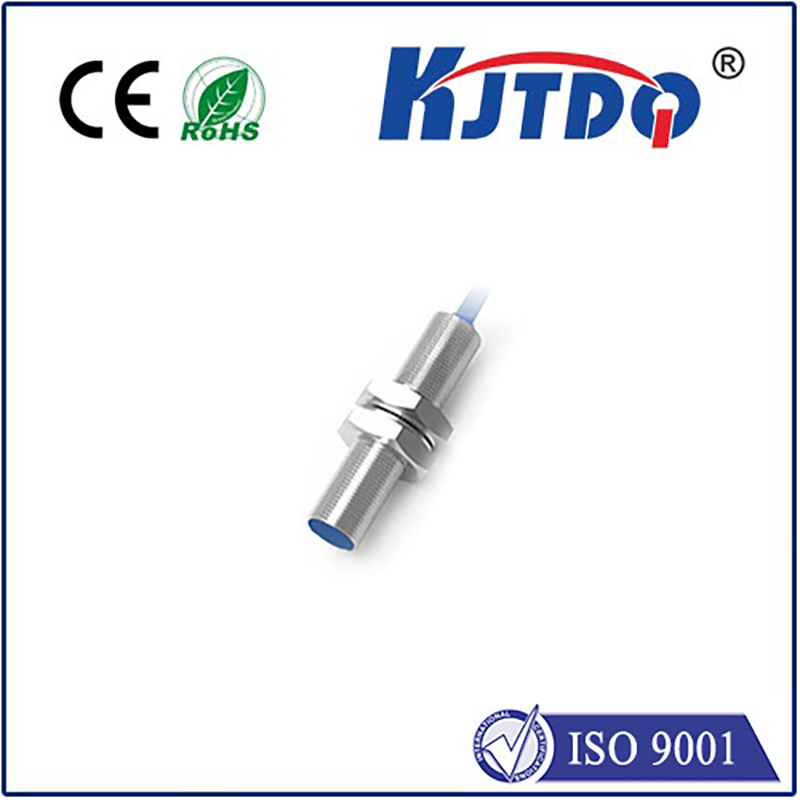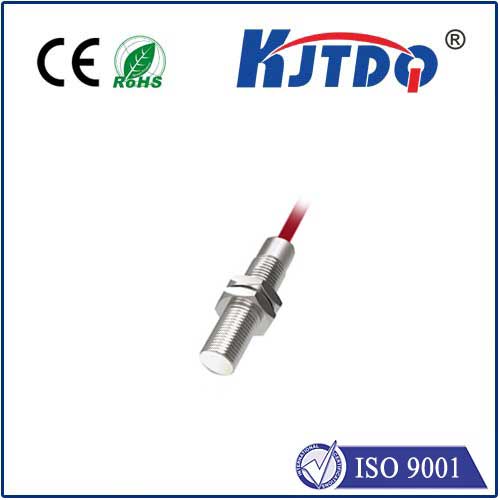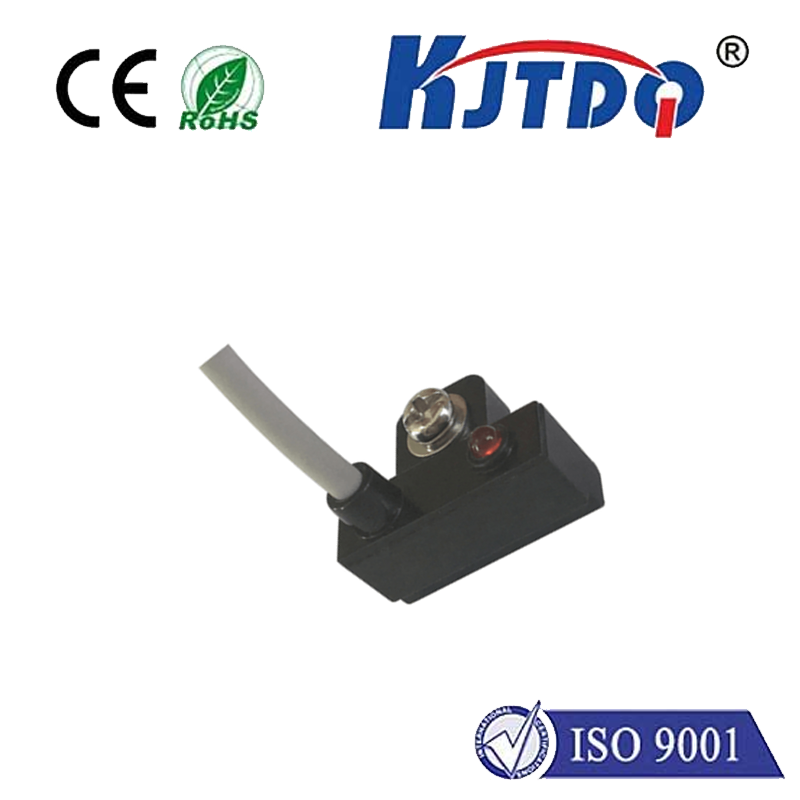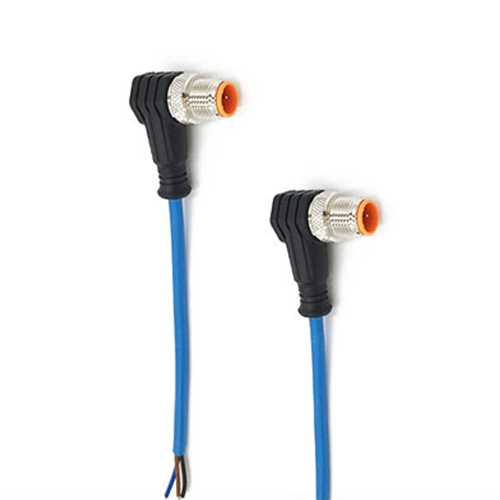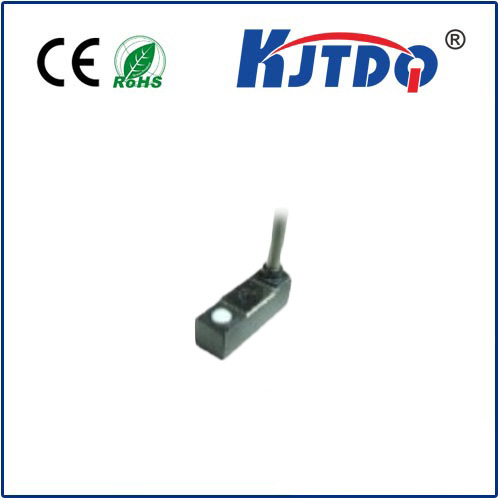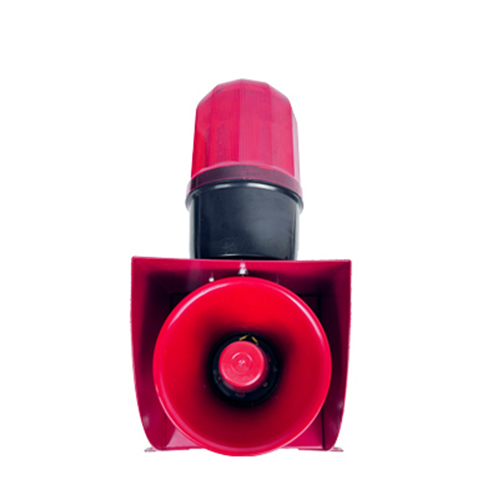radar proximity sensor
- time:2025-06-15 02:42:41
- Click:0
Mastering the Invisible Shield: Your Guide to Radar Proximity Sensors
Imagine navigating dense fog or maneuvering a massive vehicle in a tight space with unwavering confidence, knowing an unseen guardian precisely maps the surroundings. This isn’t science fiction; it’s the everyday reality powered by radar proximity sensors. These sophisticated devices tirelessly detect the presence, distance, speed, and movement of objects without physical contact, becoming the silent sentinels enhancing safety and efficiency across countless industries. From preventing collisions on bustling highways to enabling delicate robotic tasks, radar sensors represent a cornerstone of modern sensing technology, offering unparalleled advantages in environments where visibility fails or touch is impossible.
How Do Radar Proximity Sensors Actually Work?
At their core, these sensors operate on the same fundamental principle as weather radar or air traffic control systems, albeit miniaturized and optimized for shorter ranges. Here’s the breakdown:
- Emission: The sensor’s transmitter emits continuous or pulsed radio waves within specific frequency bands (commonly 24 GHz or 77-81 GHz for automotive).
- Propagation: These radio waves travel outward from the sensor at the speed of light.
- Reflection: When the emitted waves encounter an object within their path, a portion of the energy reflects back towards the sensor.
- Reception: The sensor’s dedicated receiver antenna captures these reflected echoes.
- Processing: Sophisticated onboard electronics analyze the critical differences between the outgoing and incoming signals:
- Time of Flight (ToF): The time delay between emission and reception directly translates to the distance of the object (
distance = (speed of light * time delay) / 2).
- Frequency Shift (Doppler Effect): If the object is moving relative to the sensor, the frequency of the reflected wave shifts. This shift reveals the object’s radial speed (velocity towards or away from the sensor).
- Signal Amplitude: The strength of the reflected signal provides information about the object’s size, material composition, and orientation.
By continuously performing these calculations, the sensor generates real-time data about nearby objects, providing crucial input to control systems or user interfaces.

Where Radar Proximity Sensors Make a Tangible Difference
The unique capabilities of radar make it indispensable in diverse and demanding scenarios:
- Automotive Safety & ADAS: This is arguably the most prominent application. Radar sensors are the backbone of systems like Adaptive Cruise Control (ACC), Automatic Emergency Braking (AEB), Blind Spot Detection (BSD), Rear Cross Traffic Alert (RCTA), Parking Assistance, and Collision Avoidance. Their ability to function reliably in poor visibility (fog, rain, snow, darkness) and measure precise speed makes them critical for next-generation autonomous driving.
- Industrial Automation & Robotics: In factories and warehouses, radar proximity sensors enable safe human-robot collaboration by detecting personnel entering hazardous zones. They guide robotic arms for precise object handling, control material levels in bins or hoppers, monitor conveyor belt speeds, and ensure machinery operates safely without collisions.
- Smart Traffic Management: Traffic monitoring systems use radar to detect vehicle presence, count traffic flow, measure speeds, and identify stopped vehicles, optimizing signal timing and enhancing road safety.
- Drones & UAVs: Radar proximity sensors are vital for drone navigation and obstacle avoidance, especially during low-altitude flights, autonomous missions, landing, and operations in visually degraded environments.
- Marine Navigation: Ships and boats utilize radar for collision avoidance, docking assistance, and monitoring nearby vessels or obstacles, particularly crucial in busy harbors or poor weather.
- Consumer Electronics & Smart Homes: Emerging applications include gesture recognition in devices, presence detection for smart lighting/security, and obstacle avoidance in robotic vacuum cleaners or lawnmowers.
- Aviation: Ground radar systems assist aircraft during taxiing, docking, and ground proximity warnings, preventing runway incursions.
The Compelling Advantages Driving Adoption
Why choose radar over other proximity sensing technologies like ultrasonic, LiDAR, or cameras?
- Unmatched Environmental Robustness: Radar sensors excel in adverse conditions – darkness, fog, rain, snow, dust, smoke, and even direct sunlight have minimal impact on their performance. They maintain consistent reliability where optical sensors (cameras, LiDAR) significantly degrade.
- Direct Velocity Measurement: The Doppler effect provides inherent and highly accurate speed measurement, a distinct advantage over sensors that require multiple detections over time to infer speed.
- Long Range Capability: While optimized for proximity sensing (typically centimeters to hundreds of meters), radar generally offers longer effective ranges than ultrasonic or infrared sensors within the same form factor and cost bracket.
- Penetration: Radar waves can penetrate certain non-conductive materials like plastic, thin walls, or clothing, allowing detection through barriers where other sensors fail. However, metal objects reflect signals strongly.
- Robustness to Target Properties: Unlike optical sensors that rely on contrast or specific surface properties, radar primarily detects based on material reflectivity to radio waves, performing well on a wider variety of surfaces.
- Multi-Target Detection: Advanced signal processing allows modern radar sensors to detect, track, and differentiate between multiple objects simultaneously within their field of view.
Navigating Challenges and Limitations
Despite their strengths, radar sensors face specific challenges:
- Limited Angular Resolution: Radar traditionally has lower angular resolution than high-resolution cameras or LiDAR, making it harder to distinctly separate closely spaced objects at the same distance without sophisticated antenna arrays or MIMO (Multiple Input Multiple Output) techniques.
- Signal Interference: Potential interference exists between multiple radar sensors operating in close proximity on the same frequency band, requiring careful design and potential regulatory restrictions.
- Detection of Small Objects: Detecting very small objects (like thin wires or small debris) at longer ranges can be challenging due to weak radar cross-sections (RCS).
- Complex Signal Processing: Extracting precise information, especially differentiating static and moving objects in cluttered environments, requires powerful and sophisticated processing algorithms.
- Material Sensitivity: While less affected than optics by surface color, radar reflectivity varies significantly with material type, shape, and orientation (e.g., a flat surface oriented perpendicularly reflects strongly, while one angled away reflects poorly).
The Evolving Horizon: Future Trends
Radar proximity sensor technology is rapidly advancing:
- Higher Frequency Bands (e.g., 79 GHz): Enable wider bandwidths for superior range resolution and smaller antenna sizes, facilitating highly integrated, cost-effective sensor modules.
- MIMO and Beamforming: These techniques dramatically improve angular resolution and spatial discrimination, allowing sensors to create detailed “images” of their surroundings.
- Advanced AI Integration: Machine learning algorithms are being integrated for enhanced object classification (pedestrian, car, cyclist), intent prediction, and robust performance in complex, cluttered scenarios.
- Sensor Fusion: Combining radar data with inputs from cameras, LiDAR, ultrasonic sensors, and maps (in vehicles) creates a more comprehensive, robust, and reliable environmental perception system.
- Miniaturization & Cost Reduction: Continuous innovation is making radar sensors smaller, cheaper, and more power-efficient, unlocking applications in consumer electronics and wider industrial use cases.
- 4D Imaging Radar: Adding elevation measurement






